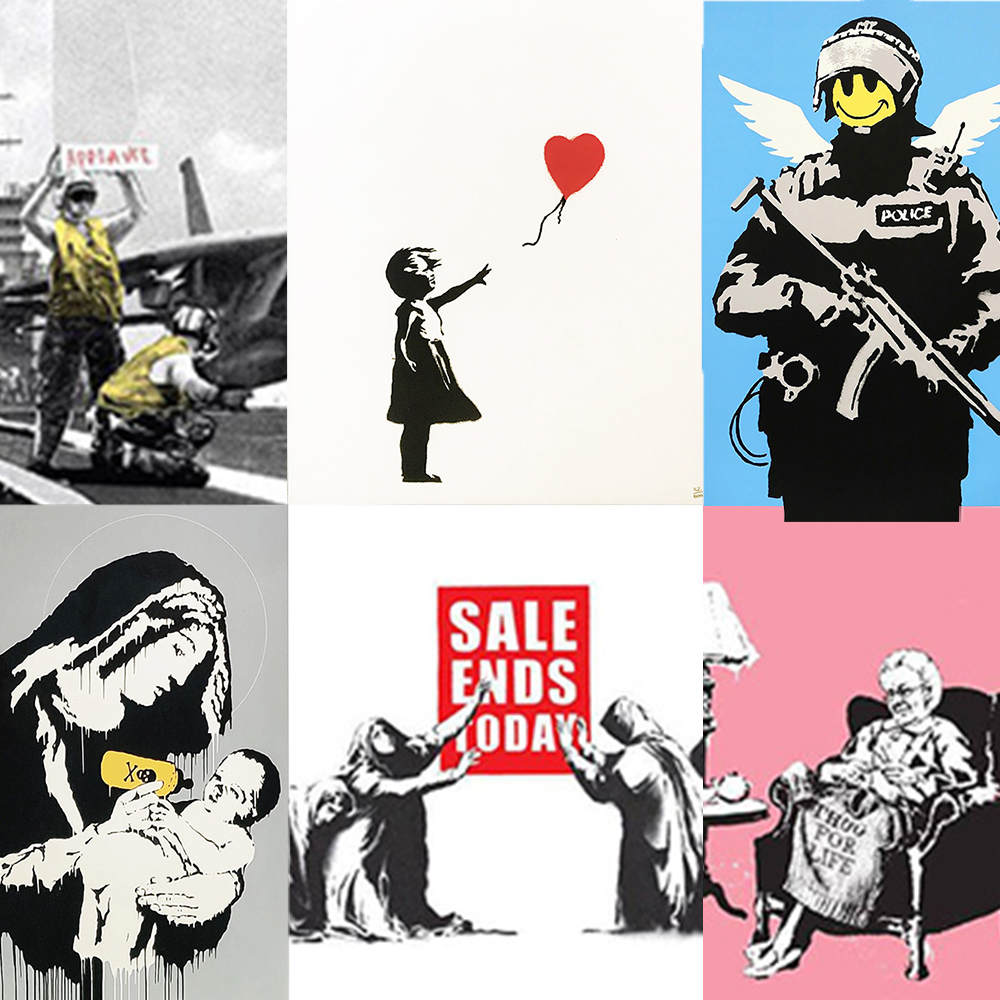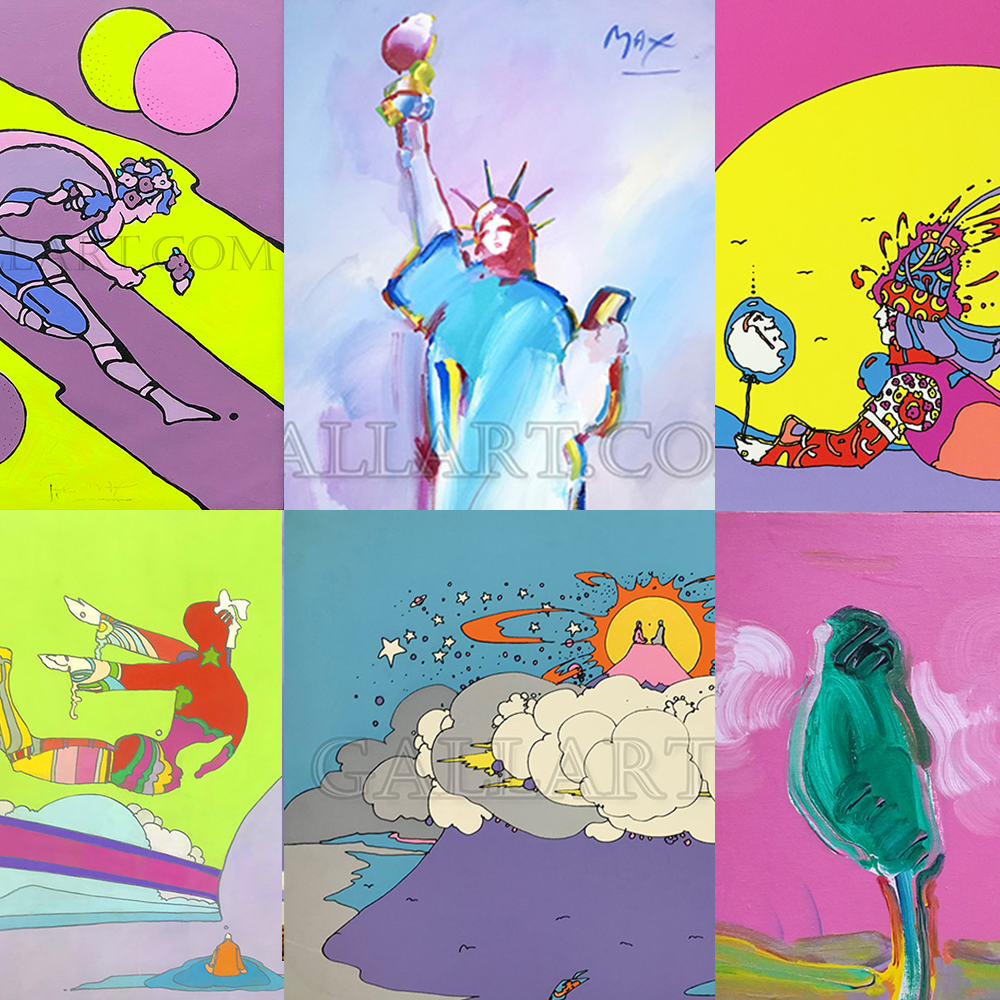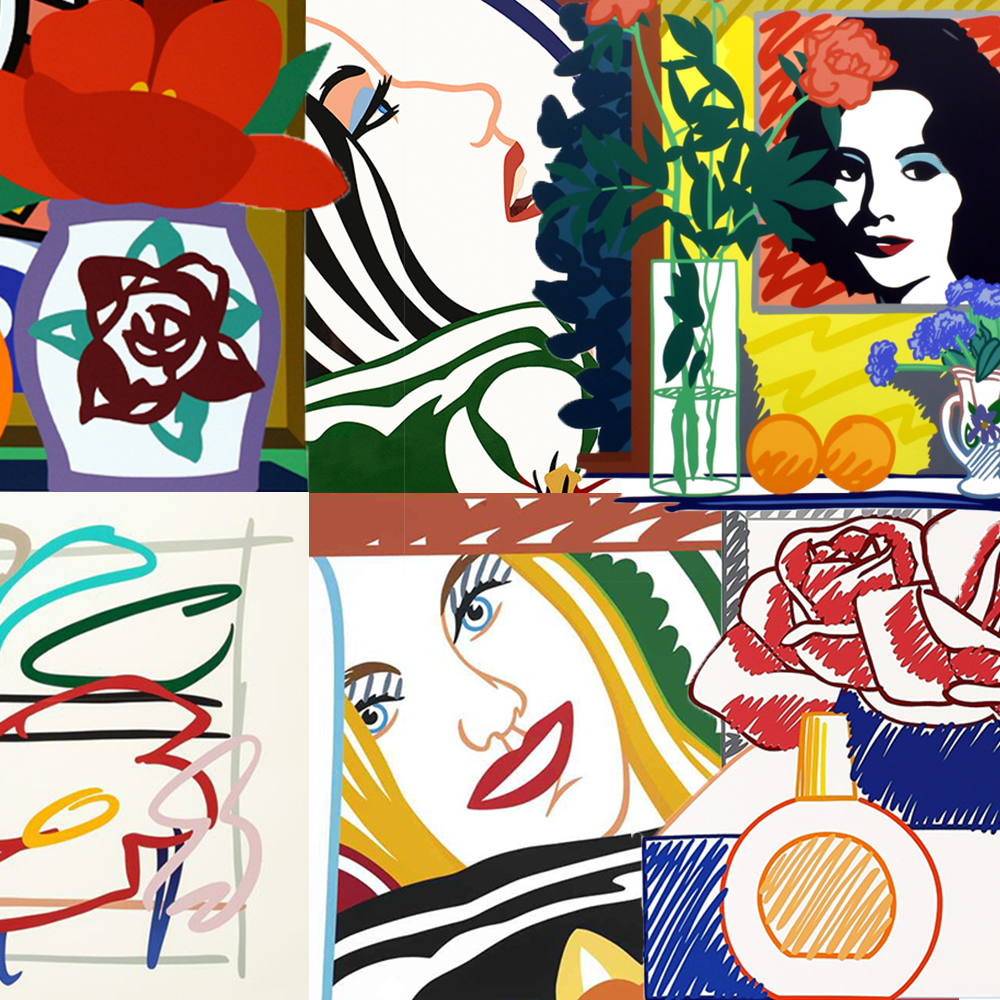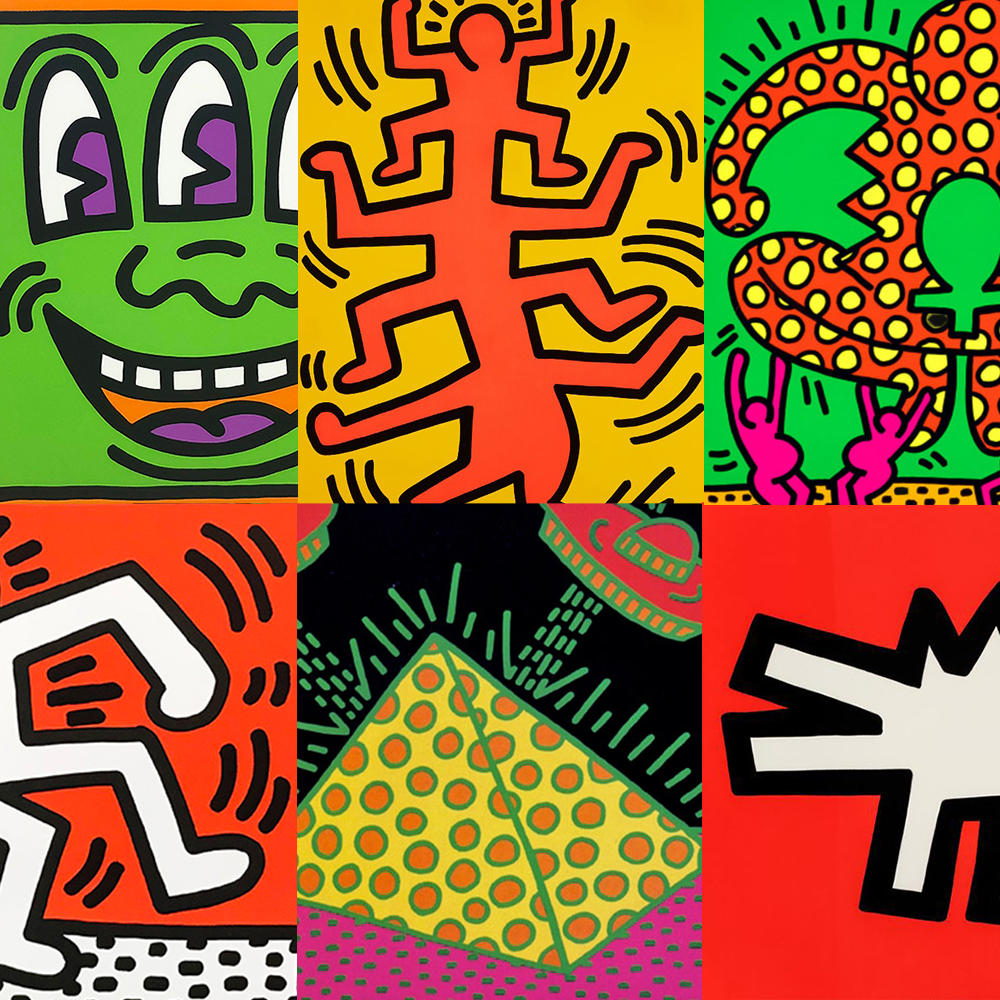KEITH HARING
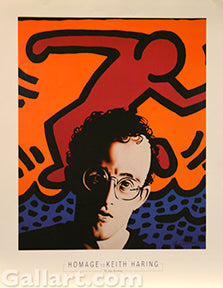
KEITH HARING
Haring With Red Figure | G14816
32 X 24 inches
Silkscreen
Keith Haring | was born in Reading, Pennsylvania on May 4, 1958 studied semiotics the study of signs and sign-using behavior. and sign processes semiosis, which is an investigation into how meaning is created and how meaning is communicated. Semiotics is an investigation into how meaning is created and how meaning is communicated. It is defined as anything that communicates a meaning that is not the sign itself to the sign's interpreter.
While at the School of Visual Arts in New York, Haring studied Egyptian art. Egyptian hieroglyphics became important source of inspiration for Haring’s visual language, Haring’s dogs also stood for Anubis, the Ancient Egyptian god with a jackals’ head who watches over the dead. Like the hieroglyphics of the past and the emojis of the present, the visual representations created by Haring succeeded in saying a great deal. And at the heart of his work were his highly symbolic ‘figures’ — outlines of humans signifying the people within modern society. Using his distinct artistic style, Haring conveyed a variety of incredibly important themes and ideas through these characters.
Haring is most famous for his street art, which also took influence from the pop art movement. His signature images included dancing figures, a “radiant baby” (a crawling infant emitting rays of light), a barking dog, a flying saucer, large hearts, and figures with televisions for heads. These graffiti drawings attracted the attention of New York commuters, as well as the city authorities: Haring was arrested for vandalism on numerous occasions. Haring soon began to apply his universally recognizable imagery to freestanding drawings and paintings. Throughout his tragically brief career, Haring refined a visual language of symbols, which he called icons.

Pop Shop I | G26995
Hole In The Stomach | Many of Haring’s figures have gaping holes in the middle of their stomachs, which other figures often interact with, such as by high fiving or even dancing through the space. the space. The artist initially came up with this visualization in response to the murder of John Lennon on 8 December 1980. However, beyond this, the hole in the stomach has also been argued to represent the emptiness within people. Human figure with hole in the middle reference the murder of John Lennon on December 1989. There is no strict symbolism here, but this figure may suggest violence and spirituality.

Pop Shop Quad III | G31704
Technology | Like this silkscreen of a figure being physically consumed by technology. Haring predicted in 1978 that silicon chips and computers would become their own life form, transforming humans into being in servitude to the computer, and not the other way around. Haring had ambivalent feeling towards technology including television, and computers. Robots or space aged machines are often depicted as exerting control over humans.

Untitled (Radiant Baby) | G27547
Radiant Baby | Haring’s “radiant baby,” which is a symbol of the future and perfection. In Haring’s oeuvre, crowds conveyed an image of strength but they could be a negative or a positive phenomenon A “radiant baby” is one of the most popular images associated with Keith Haring. The figure represents youthful innocence, goodness, potential and purity.

Fertility Suite (Plate 1) | G31895
Crowds | In some cases, the crowd was depicted as a powerful and invincible united front against oppression. To Haring, the crowd could also represent a mob that could be easily led astray by false gods or dictators. The image of crowds also reference tragedy and murder in Haring’s work.

Untitled (Plate 6) | G32087
The Cross | Growing up in a Christian family, Haring was rather religious as a kid. However, as he grew, Haring began critical of religion and the power of the church in society. However, the symbolism and connotations of religious scenes in Haring’s work are up to debate.
The crosses are sometimes pictured on screens, and they are often used as a device to commit torture or murder, with others standing by.
Whether he rejected his upbringing or not, his biblical references show his knowledge of Christian stories, like the martyrdom of Saint Peter who was hung upside down on a cross.

Pop shop IV (1) | G25702
The Angel & Flying Devil | Rebel with Many Causes is an example of Haring's recurring theme of 'hear no evil, see no evil, speak no evil' - a criticism of those who would avoid social issues, especially the AIDS crisis. Haring used many religious motifs in his art to comment on the existence of heaven and hell, often from an anti-religious view. The Angel and Flying Devil icon are examples of this fascination a suggestion of spirituality. Each of them is marked with a cross – Keith Haring’s shorthand symbol for individuality

Barking Dog | G32170
The Dog | Dogs dancing, barking or biting recurred frequently within Haring’s work and developed into an iconic image associated with the artist. What later became a dog actually started out as an undefined creature, and Haring’s dog (often depicted on two feet) can best be understood as a mythical representation of a human being.Dogs are one of Haring’s most famous images. It first appeared in the subway drawing series between 1980 and 1985. It Started as a mythical creature it latter developed into a dog, it stands for all abuses of power, government, and oppressive regimes that demand obedience and represents authority.

The Blueprint Drawings No.1 | G31945
The Stick | In Haring’s work the stick was a commonly drawn weapon, chosen as the most basic and readily available way to beat, torture or murder. It was also a source of power, imbued with magic and away to activate creatures, people, and objects in his works with strength.

Best Buddies | G32042
Embraces | While there is plenty of violent imagery present in Haring’s work, love, togetherness and connection have always been his main messages. This is why there are so many depictions of his figures embracing, be that romantically or in a platonic way, with the lines surrounding their silhouettes evoking a positive energy.

Fertility #2 (From Fertility Suite) | G11276
UFOs | UFOs and flying saucers represent otherness and symbolizes empowerment for people outside the social norms. Although Haring usually had a skeptical position over technological, flying saucers usually have a positive meaning.

Pop Shop II (4) | G10096
Dots | Dotted figures and landscapes stand for otherness, including homosexuality and skin color, both foremost political and social concerns for Haring. Later, dots also signified the otherness of illness, primarily AIDS.

Free South Africa (One Plate) | G31946
X | The “X” was a more general statement against the transformation of humans into targets.

The King | G31963
Hearts | Hearts are sometimes portrayed near two male two male looking figures in Haring’s work, supporting acceptance and rights for all.

Three Eyes | G30229
Three-Eyed Face | Haring initially developed the three-eyed face by accident, as he was painting a smiley face, he left too much room between the eyes, so he simply added a third one. The public began speculating and interpreting it as a spiritual reference, so Haring simply went with it.
On February 16, 1990, Haring died of AIDS-related complications at his La Guardia Place apartment in Greenwich Village He was cremated and his ashes were scattered in a field near his hometown (Kutztown) in Bowers, Pennsylvania. Three months after his death, Haring posthumously appeared in Rosa von Praunheim’s documentary film Silence = Death, (1990). The film is about gay artists in New York City fighting for the rights of AIDS sufferers. It was released on May 4, which would have been his 32nd birthday.
ARTIST COLLECTIONS
-
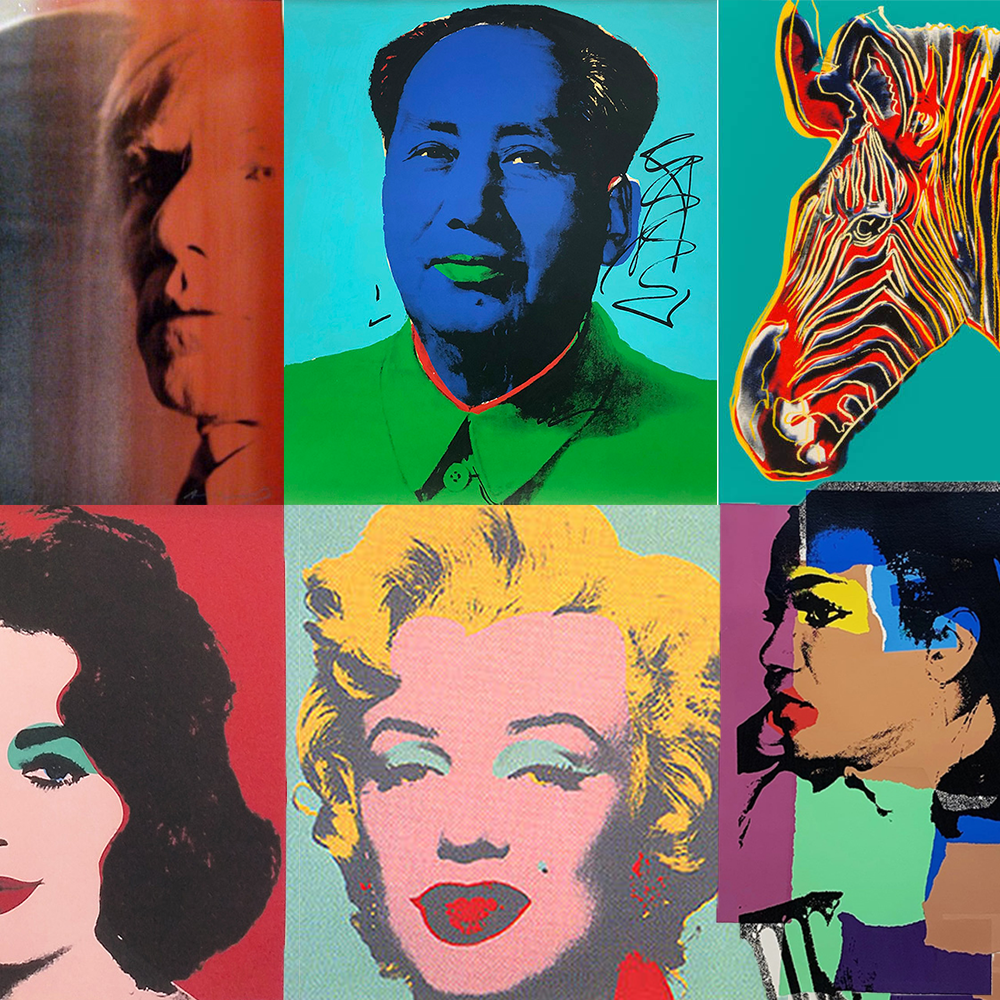
ANDY WARHOL ART
WARHOL | Biography


